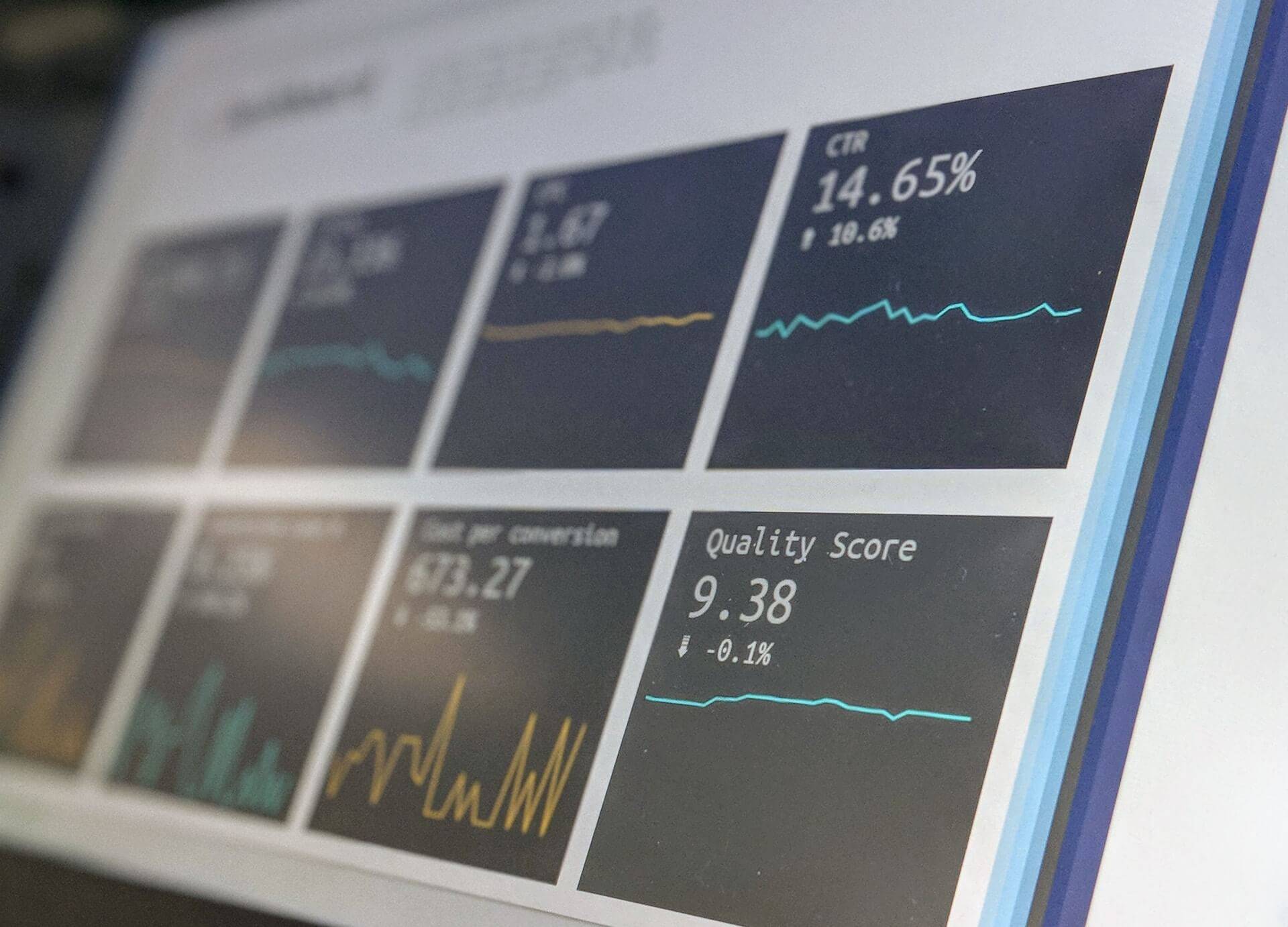From Local to Global: Mastering International SEO in 7 Simple Steps

In today’s ever-connected digital landscape, the potential for businesses to go global and reach beyond their local borders has never been more within reach. And international SEO stands as the cornerstone for these expansion possibilities.
If you’re a business owner looking to elevate your brand to a global scale, this is the guide for you. We’ll delve deeper into mastering SEO and implementing international best practices.
The Fundamentals of SEO: A Quick Recap
Before we go global, let’s quickly touch base with some SEO fundamentals.
SEO, or Search Engine Optimization, is the fine art of enhancing your website’s visibility on those all-important search engines. Getting a handle on this simple trick makes it easier for potential customers to find you.
Now, if you’re already pretty familiar with local SEO, you’re most definitely on the right track. That’ll make the perfect foundation upon which international SEO is built.
Step 1: Comprehensive Market Research
The world out there is vast, brimming with a multitude of diverse markets. But you shouldn’t just be entering them blindly.
Comprehensive market research is the backbone of much of your business, from your branding strategy to product design. And international SEO is no different. Conduct rigorous market research using tools like SEMrush or Ahrefs to zone in on where the demand for your product or service lies.
These key insights will help guide you toward the countries or regions worth focussing on. Creating a clear roadmap for your global domination.
Step 2: Implementing Hreflang Tags
Have you ever stumbled across a great-looking website, but it’s in a language you don’t understand? Well, hreflang tags are your knights in shining armor.
These tags let search engines know which language you’re using on a specific page, ensuring your content always reaches the right audience. For example, if you’ve got English and Spanish versions of your homepage, hreflang tags guide search engines in the right direction. Ensuring they serve the appropriate version to searchers based on their language preference.
Step 3: Geotargeting with Google Search Console
So you’ve got hreflang tags helping with your language targeting. Now, you need to implement geotargeting to emphasize regional focus.
Google Search Console can help you target specific countries so your content is prioritized in searches from that particular region. And if you’re targeting countries with multiple official languages, this technique is especially vital.
Step 4: Creating Culturally Relevant Content
The old saying, “When in Rome, do as the Romans do”, couldn’t be more relevant here. Because content translated into the destination language isn’t always enough.
Understanding cultural nuances, festivities, local idioms, and behaviors will help you create content that really hits with your target audiences. For example, Black Friday is a hit in the US, but Singles’ Day is the equivalent shopping phenomenon in China. Tailor your content culturally and then introduce multilingual link building strategies accordingly.
Step 5: Optimize for Local Search Engines
Google dominates the global search market. But they’re not the only name in the search engine game.
Look into local search engines, like Baidu in China or Yandex in Russia. Familiarize yourself with the leading engines in your specific target market and optimize your website to cater to their unique algorithms and user behaviors. It’s a significant step toward global coverage.
Step 6: Building Quality International Backlinks
Endorsements from other websites, in the form of backlinks, are a major SEO ranking factor.
When you’re targeting a new international market, earning quality backlinks from trusted local domains really strengthens your site’s credibility. Look into guest posting, collaborations, or even sponsoring local events as avenues to gaining these priceless links.
Step 7: Regular Monitoring and Optimization
The world of SEO, local and international alike, is constantly evolving. To make the most of it, you need to stay ahead of the game.
Engage in regular monitoring using tools like Google Analytics or Moz. This will ensure you stay right on top of performance metrics. So when traffic starts to dip in Spain, you know it’s time to revisit your strategy for that region. Stay flexible and be ready to adapt.
Wrapping Up
Making moves to expand from a local brand to a global sensation is a thrilling journey, teeming with challenges but also, opportunity.
By integrating these strategies to master international SEO, you not only increase your business visibility but also foster trust in new and exciting markets. When you lay the right SEO seeds, you’ll be rewarded by a business that flourishes globally.
Have you mastered the art of international SEO in your small business? Share your tips in the comments below to keep the conversation going.





1 Comment
[…] From Local to Global: Mastering International SEO in 7 Simple Steps […]